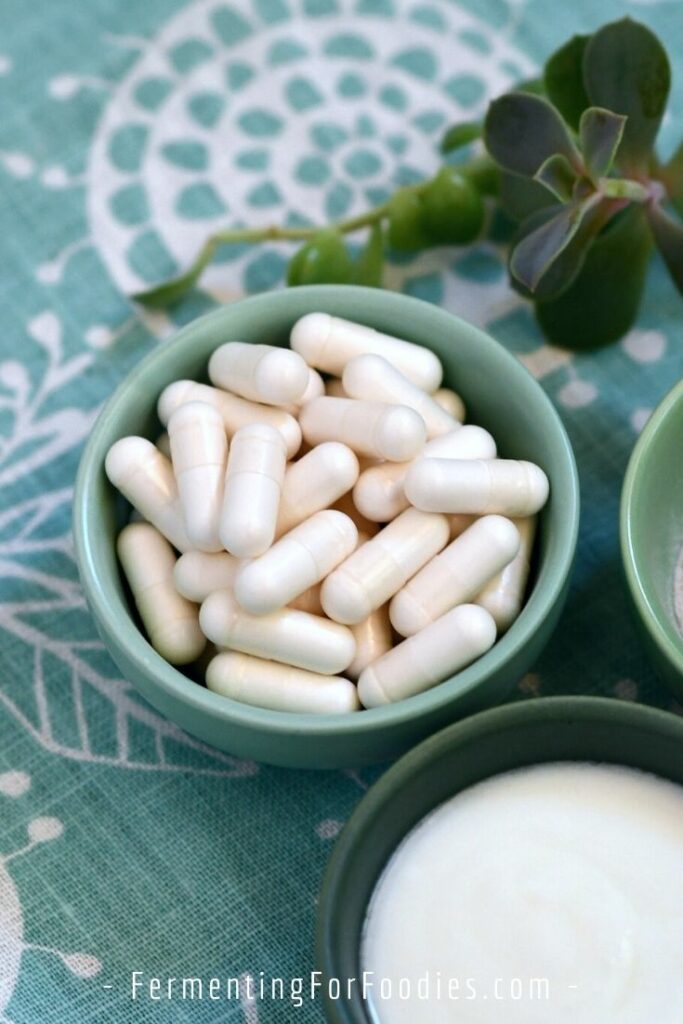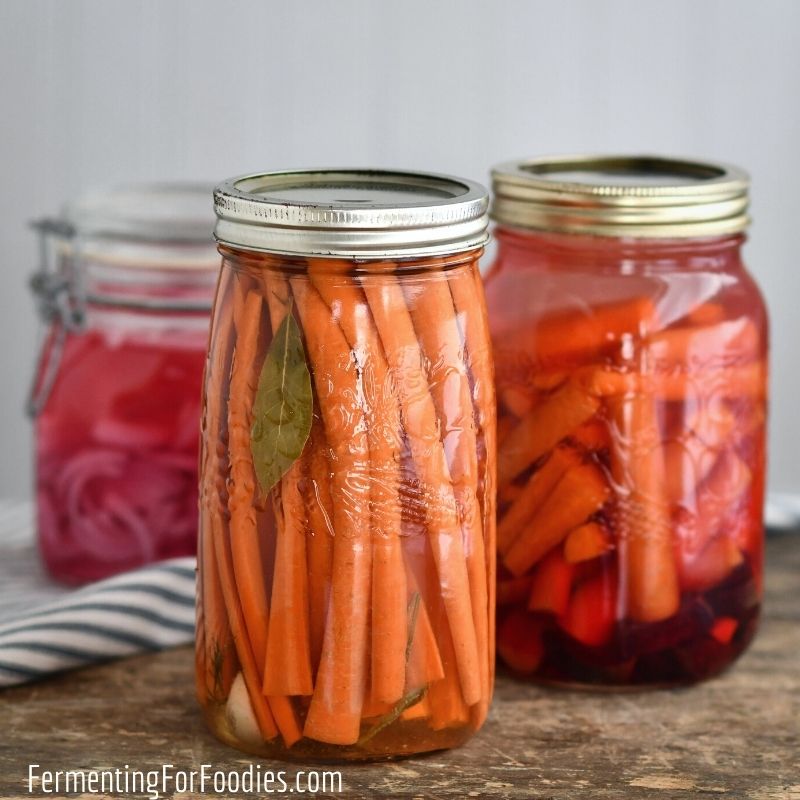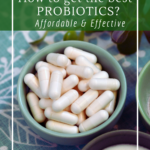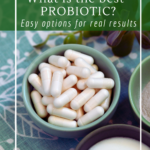Want to get the most out of your probiotic? Here is how to choose the best probiotic for digestive health and general wellness.

I received two emails in the past few months from busy families that really wanted the health benefits of probiotic foods but didn’t have the time to make homemade ferments. They both really wanted to know how they could get the most out of the probiotics that you could buy in the store.
The first was a family with 4 young boys who had gone through a bout of heavy antibiotics. The other family had a newborn and an asthmatic toddler who was chronically sick. Both of these families were so busy staying on top of regular cooking/cleaning/laundry that they didn’t have time to make homemade fermented foods.
I sent them both personalized emails with ideas about ways they could rebuild their families’ microbiomes with store-bought probiotics. After the second email, I realized that I clearly needed to write a blog on the topic!
Here’s how you can get the BEST probiotic for your money
1. Probiotic Supplements
While it might seem like the easiest way to get more probiotics into your diet is to buy probiotic supplements, this is not a great option. Unfortunately, the majority of probiotic supplements don’t survive through the digestive system. In addition, there is huge variability in effectiveness that isn’t always related to the cost of the product.
However, if supplements are your favorite option, here’s how to get the best probiotic for your money:
- Regardless of the brand, never buy a probiotic supplement that isn’t refrigerated. The shelf-life of probiotics rapidly decreases at room temperature.
- Skip the pack of probiotic chewing gum or probiotic potato chips if you are looking for an effective supplement. These sorts of products are more about marketing then health.
2. Buying Probiotic Food
If you really don’t have time to ferment, the buy probiotic foods!
- Yogurt is the easiest off-the-shelf probiotic. If you’re looking to improve your gut-health, then buy plain yogurt and add in the fruit at home. Flavored yogurt is less likely to be teeming with bacteria because they’ll consume the sugars in the flavors.
- There are several other probiotic dairy foods that are easy to find in the grocery store. Buttermilk, sour cream, and fresh cheeses are all made with bacterial cultures. Just read the labels to make sure that they have actually been cultured. Bacterial cultures will be on the list of ingredients.
- Look for fermented pickles, sauerkraut, and miso in the refrigerated section of your grocery store.
- Cider vinegar with a mother is also probiotic, as is unpasteurized honey.
–> To get the benefits from store-bought probiotic foods, eat them raw, and preferably with a source of calcium. Calcium naturally protects against stomach acid, helping bacteria survive digestion.
–> Better yet, try a high-quality fermented dairy supplement. I don’t like pushing particular products, but I have used this brand in the past and loved it. They also have a vegan version. This product is usually found in health food stores or the natural foods section of the grocery store. They are not typically stored with yogurt.
3. Easy Homemade Ferments

–> You will get the most probiotic benefits from making fermented foods in your own home.
- As I mentioned above, our digestive system is pretty darn harsh. Stomach acid is designed to break down protein, which includes healthy probiotic cultures.
- Our microbiome covers every surface of our body, not just our digestive system. So focusing on gut health doesn’t acknowledge the bacteria on our skin and in our lungs.
- Fermenting in your home kitchen actually creates a healthy and probiotic flora within the air of your home. The bacteria and yeasts from your ferments will populate your indoor air giving you a dose of probiotics on your skin and in your lungs.
If you are unsure about making fermented foods, then I recommend starting with sauerkraut. Field-grown cabbage comes with its own vigorous culture so it’s easy for beginners. I also recommend making fermented vegetable sticks, since they are just as easy and delicious.
Looking for more inspiration. Here’s a list of fermentation recipes for beginners.


Leave a Reply